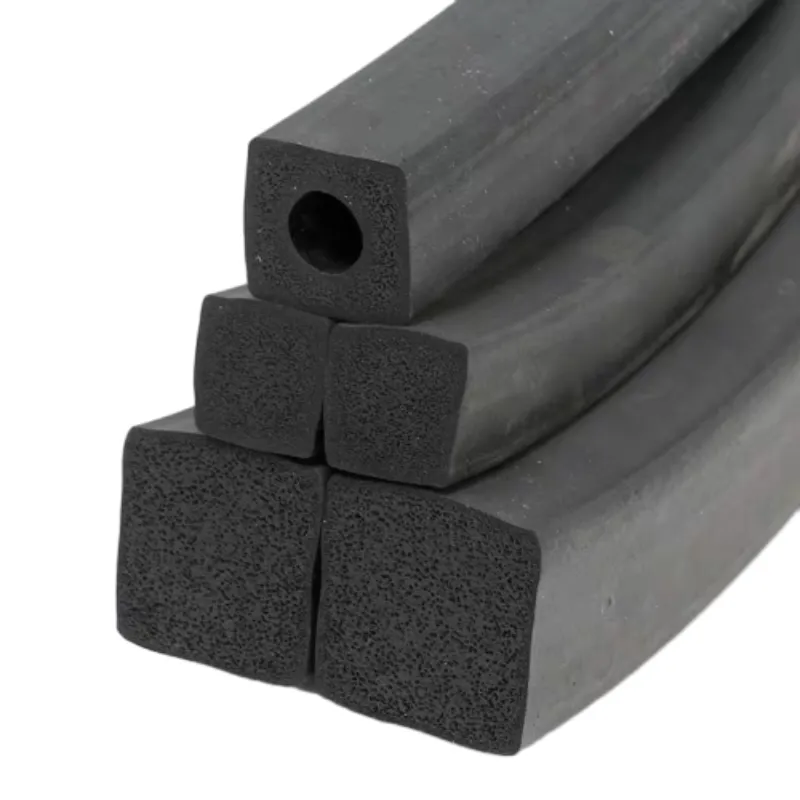Effective Weather Stripping Solutions for Addressing Large Gaps in Home Insulation
Weather Stripping for Large Gaps A Comprehensive Guide
Weather stripping is an essential home improvement technique that enhances energy efficiency, comfort, and overall home value. While often associated with standard-sized gaps around doors and windows, it’s equally critical for larger gaps that can significantly impact energy loss and indoor climate. This article explores effective weather stripping solutions for large gaps, the advantages of doing so, and tips for successful installation.
Understanding Weather Stripping
Weather stripping refers to the process of applying materials to seal openings around doors and windows. The primary purpose is to prevent drafts, heat loss, and air leaks, which can lead to increased energy bills and discomfort. Larger gaps, often found in older homes or in areas where the foundation has shifted, pose unique challenges that require specific solutions.
Why Address Large Gaps?
Large gaps can be more than just an annoyance; they can substantially contribute to energy inefficiencies. According to various studies, poorly sealed homes can lose 30% or more of their heating and cooling energy through gaps and cracks. In extreme cases, this may lead to issues such as mold growth, pest infestations, and structural damage due to moisture entering the home. Addressing large gaps with appropriate weather stripping can help to mitigate these risks.
Materials for Weather Stripping Large Gaps
When dealing with larger gaps, selecting the right materials is crucial for effective sealing. Here are some options
1. Foam Weather Stripping This flexible material is an excellent choice for larger gaps. It can compress easily to fit uneven surfaces and is typically adhesive-backed for easy application. Foam weather stripping comes in various thicknesses, allowing you to choose the right density for your specific gap.
2. V Strip (V Channel) This material is great for gaps along the sides of doors and windows. It’s a durable option that can handle larger openings and will spring back into place after compression. V strips are typically made from plastic or metal and can be a longer-lasting solution.
3. Door Sweeps If gaps are found at the bottom of doors, door sweeps are highly effective. These consist of a flexible sealing material attached to a rigid strip that can be installed directly onto the bottom of the door, providing a solid barrier against drafts.
weather stripping for large gaps

4. Caulk For stationary gaps that don’t require flexibility, caulking can be a great solution. High-quality caulking can fill in larger gaps and cracks around windows and doors, providing a tight seal that keeps drafts out.
5. Weather Seal Tape For temporary or less permanent solutions, weather seal tape can be applied to larger gaps. This versatile option is easy to install and remove, making it ideal for renters or for seasonal applications.
Installation Tips
Installing weather stripping for large gaps requires a bit of preparation and technique. Here are some helpful tips
- Measure Carefully Before purchasing materials, measure the size of the gaps accurately. This ensures you select products that are appropriate for your needs.
- Clean the Surface For adhesive-backed weather stripping, make sure to thoroughly clean the surfaces where you will be applying the product. Dirt and grease can prevent proper adhesion.
- Follow Manufacturer Instructions Each weather stripping product comes with specific installation guidelines. Following these instructions closely will maximize the effectiveness of the material.
- Test for Gaps After installation, check for air leaks by running your hand along the edges or using a flashlight to see if any light comes through. If you find areas that still allow air to pass, consider adding additional weather stripping or caulk.
Conclusion
Weather stripping for large gaps is a vital component of maintaining an energy-efficient and comfortable home. By selecting the right materials and applying them correctly, homeowners can significantly reduce air leaks, improve indoor comfort, and protect their property against potential damage. Whether using foam, V strips, door sweeps, caulk, or weather seal tape, ensuring that larger gaps are adequately sealed is an investment that pays off in the long run. Don’t let large gaps compromise your home’s efficiency—take action today!
-
Silicone Seal Strip: The Ultimate Solution for Your Sealing NeedNewsNov.01,2024
-
Keep the Heat: The Importance of Seal for Oven DoorsNewsNov.01,2024
-
Essential Guide to Corner Protectors for Your FurnitureNewsNov.01,2024
-
Enhance Your Home with Silicone SolutionsNewsNov.01,2024
-
Efficient Maintenance of Melamine Sealing StripsNewsNov.01,2024
-
Comparison of Different Edge Sealing ProcessesNewsNov.01,2024
-
Types of Door Bottom Seal Strips and Their Best UsesNewsOct.25,2024